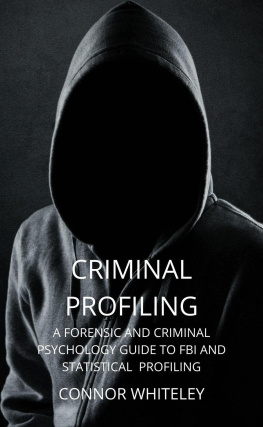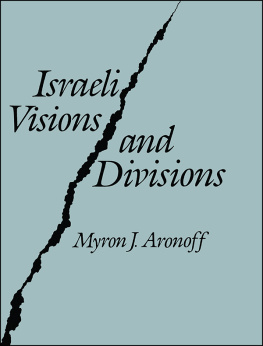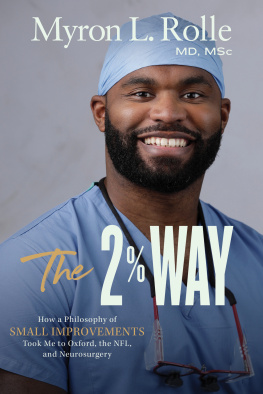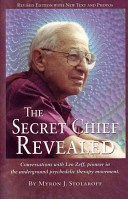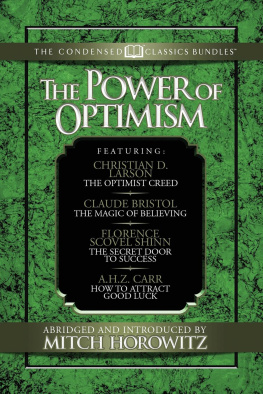INTRODUCTION
Very much in the printed page has been aimed wide of the mark alike of the prevention, the deterrence, and the reclamation of the predal felon.
It is intended that this semi-technical volume shall help to call the truly reformative turn. Also, the intention is that the subject matter of the book shall at once amplify and renforce conclusions reached in The Crime Problem and Stop Thief! the authors previous publications.
A distinctively scientific treatise on crime and criminals is not essayed by the writer, for the very good reason that such a treatise is not, at this moment, to any mans hand. This, because human society seethes in the most fateful transitional state of all time up to this time; because human expression is more complex and varied than during any other period of human history; because material values change with constantly changing conditions; and because the criminal picks his tools and plys them agreeably with the pressure upon him of objective influences germane in those conditions of change.
The crass criminal presents no psychic problem. He is much as he was, impelled much as he was, when cavemen carried clubs. Having, usually, but mediocre mental equipment, and being crowded out of the big games of life, he has recourse naturally either to individual force, or to crooked cunning with which to match the throws of his better-equipped brothers.
By and large, the issue with the low-grade habitual forager is a very simple one; in the final analysis, he leaves society no choice other than to fight him with the like of his chosen weapons.
There will be isolated and sporadic exceptions to the general rule given; but as to the grand majority of marauding criminals, they must be met, both in and out of prison, with force more impressive than that which they employ; palpably so, else penal codes might as well be pigeon-holed for containing meaningless proscriptions.
It is as all would like it when the force can be confined to educative measures so ordered for sustained averages as to encourage the imprisoned to help themselves; but when they wont help, just wont, then steps must be taken which will make it practically impossible for them further to filch from their fellowmen.
If a thief will have it no other way than to be a thief, then control of him, and not his social rehabilitation, must be the desideratum.
Circumstantial felons there will be so long as social circumstance makes for them. Always a certain percentage will go down under the pressure of a closely competitive social scheme that recks but little of moral weaklings, and less of physical slackers; but such bear serious relation to criminal statistics in the sense only that they are dragged down to habitual crime appreciably by criminal recidivists; by repeating felons who forage on society by choice, who make no bones about it, who shout stout defense of it, and who glory in it.
With the latter class of criminals it is up to America to deal, and to do it now. During recent decades, and within and without prison walls, crime-breeding slack has been paid out to them until to kill ruthlessly means not so much to them as would warts on their hands.
Therefore: reformative rgimes should function so as to free such prisoners of shackles forged by their lower selves. When refractory units will not coperate to that end, the aim of society must be for deterrence that protects society from them, and no apology whatsoever to them for the deterrence.
For society habitually to bare its breast to the deadly strokes of derailed underdogs, just because they are derailed underdogs, is for society to spade at its own grave.
Statistics that involve general conclusions are avoided herein. They are, because under present opportunity for specific research, they cannot be made either substantially reliable or inclusive. At the best they may mislead. At the worst they will lie.
I
TYPAL EARMARKS
Criminal types there are, but there is no one criminal type.
Closely-allied criminous expression is vastly different as to individual intent. That will be so because the underlying causes for like offenders are dissimilar and variable.
The height of the offense usually squares with the depth of depravity, the which is no respector of facial or other deviations from the Apollo type.
Jails would be more numerous than churches, were natural criminals surely shadowed forth in visible signs such as long, tapering fingers; rodent eyes, or those bead-like, shifty, countersunk and narrowly spaced; bull neck, connected with a vertically-lined back head; laterally-extended side-jaw bones; protruding fore jaw; the apes forehead, marked by the apes fuzzy hairline, the same fuzzy hair extending inward from under the outer edges of the eye sockets; eagles beak, or more commonly, the tangential, flattened nose of the gorilla, with arms like his, unusually long and big-boned as compared with the rest of the frame; thin lips, emphasizing a cruelly-set mouth, or thick lip above a ponderous jaw; and ears in all sizes, conformation, setting and contour, opposed to the perfect model.
It is true that the predal felon frequently features several of such as the signs indicated. It is also true that millions of honest freemen feature the same signs, and do no worse than dissemble, as more or less do all humans. And it is further true that, in so far as emphasis on such symbols is concerned, the bulk of lawbreakers would pass unnoticed in a promiscuous crowd.
Still, close parallels prevail as between members of classes of the anti-social. They ply the same tools, speak the same language, are bound by and large by the same laws of clan, foregather in the same caves of earth, affect the same mannerisms and mental attitude, and spend ill-gotten gain for intrinsically the same things, if over different counters; but they do not yield of themselves in the same measure to the powers of darkness. If they did, the bulk of them would be capital criminals, instead of offenders against property.
Usually the pack are of one mind as to the method of procedure, else they wouldnt pal it as one. Type then matches type as closely as members of criminal types match; yet no two will be actuated by absolutely the same motives, and no two will have come by motives to act in absolutely the same way. The demarcation may call for the most careful of research; but it will be there, and it will demarcate, if only by shading so slight as to escape other than the truly expert examiner.
Glaring cross-matches of type evolve not infrequently, as for example: of two on the same job, the one would ride rough-shod and quickly over human life to what he seeks. The other balks, then and there, at ruthless spilling of blood, and will queer the deal rather than be party to a killing.



